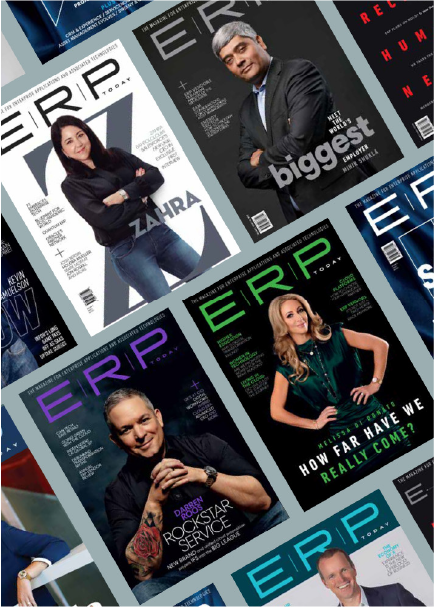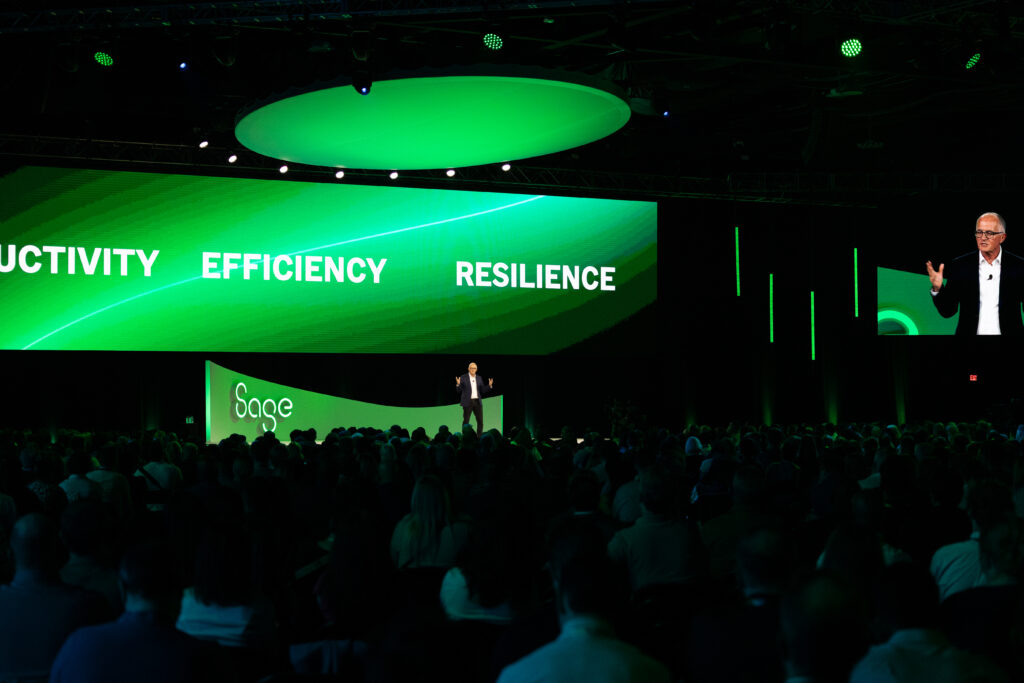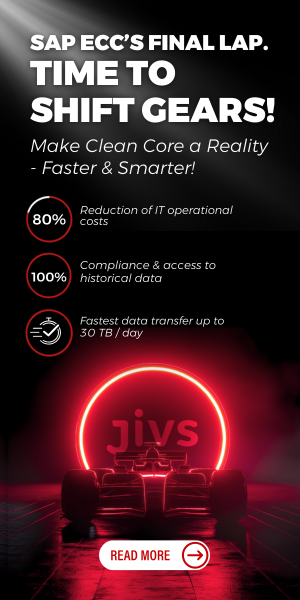The pursuit of high performance is a relentless journey, not a destination. This core theme emerged from the leadership discussion during the opening session at Sage Future in Atlanta on June 3. The panel, consisting of Steve Hare, CEO, Sage, Allie Burns, CEO Village Capital, and Mark Hickman Managing Director, North America at Sage, was moderated by Kristen Keith, Accounts Executive, Financial Services at Sage.
During the session, the experts emphasized that achieving and sustaining peak organizational output is less about isolated wins and more about cultivating a resilient mindset, fostering inspiring leadership, and strategically leveraging technology. They noted that for businesses today, understanding these evolving principles is essential, and companies like Sage are positioning their offerings to meet these sophisticated demands.
Changing the Mindset
Traditionally, high performance might have been narrowly defined by outcomes or financial milestones. However, insights from the panel suggest a broader, more nuanced understanding. According to Hare: “High performance at an individual level, is always having a mindset to do the very best that we can every single day and to really focus on outcomes.” He highlighted that while effort is key, so is the acceptance that “not every day is high performance.”
The why behind an organization’s endeavors also plays a pivotal role. Inspiring stories often stem from a purpose beyond profit – an idea or a passion. For Sage, this translates to a mission of “enabling everyone to thrive” and fostering an inclusive world with ample opportunities, Hickman noted.
In the competitive startup ecosystem, identifying high-performance potential extends beyond balance sheets. Burns, whose company Village Capital is a partner in the Sage Impacct Entrepreneurship Program, pointed out that while early traction and a clear business model are vital, “a founder mindset is a huge part and indicator of a high performance organization.” She added that attributes like coachability and self-awareness are critical signals.
AI: An Enabler or Disruptor?
So, how does artificial intelligence (AI), fit into this equation? Panelists agreed it’s a significant enabler. Hickman highlighted Sage’s long-standing commitment, stating, “We’ve been in the AI space for eight years. We’ve been deploying AI in our products for six years.”
Further, he emphasized the transformative impact of tools like Sage Copilot, currently used by over 40,000-50,000 customers, describing it as a game changer.
The consensus was that AI’s primary benefit lies in freeing up valuable time. As Burns articulated, “AI will elevate the work, enable us to really play to our strengths and use AI to get us to a place more quickly.” This allows businesses to focus on strategic thinking and innovation, moving beyond being merely faster to becoming truly better.
Hare concluded that Sage’s journey, from bringing accounting to computers 43 years ago to driving AI change today, underscores its role in partnering with customers to achieve high performance. The tools are designed for efficiency and to empower humans, fostering an environment where businesses, and the broader economy, can grow.
What This Means for ERP Insiders
Elevate ERP’s role from transactional to transformational. The discussion heavily emphasized AI’s potential to “free up time” and allow teams to play to their strengths rather than getting bogged down in routine tasks. For ERP professionals, this means actively seeking out and implementing AI-driven tools within their ERP ecosystem. The goal is to shift the focus from mere data processing to providing insights that drive strategic decisions and truly transformational productivity gains for the organization. ERP professionals must evaluate how current or future ERP solutions leverage AI to automate mundane tasks, enhance analytics, and free up users for higher-value activities. Champion AI adoption to redefine operational efficiency.
Configure ERP systems to foster resilience and continuous improvement. High performance isn’t about constant perfection but about resilience. As Hare noted, it is the ability to “keep trying things, keep making mistakes, keep kind of falling and dusting yourself off.” ERP systems are central to capturing data on what works and what doesn’t. ERP professionals should look at designing ERP workflows and reporting to highlight anomalies, track the impact of changes, and support agile responses to challenges, thereby building organizational resilience.
Align ERP capabilities with the organization’s strategy. The panel highlighted that the most inspiring high performers, including businesses, have a strong why that often transcends purely financial motivations. It also noted that performance is as much about value as it is about volume. Work with leadership to understand the company’s core purpose and tailor ERP functionalities and KPIs to directly support and measure progress towards these foundational strategic goals, ensuring technology serves the bigger picture.





